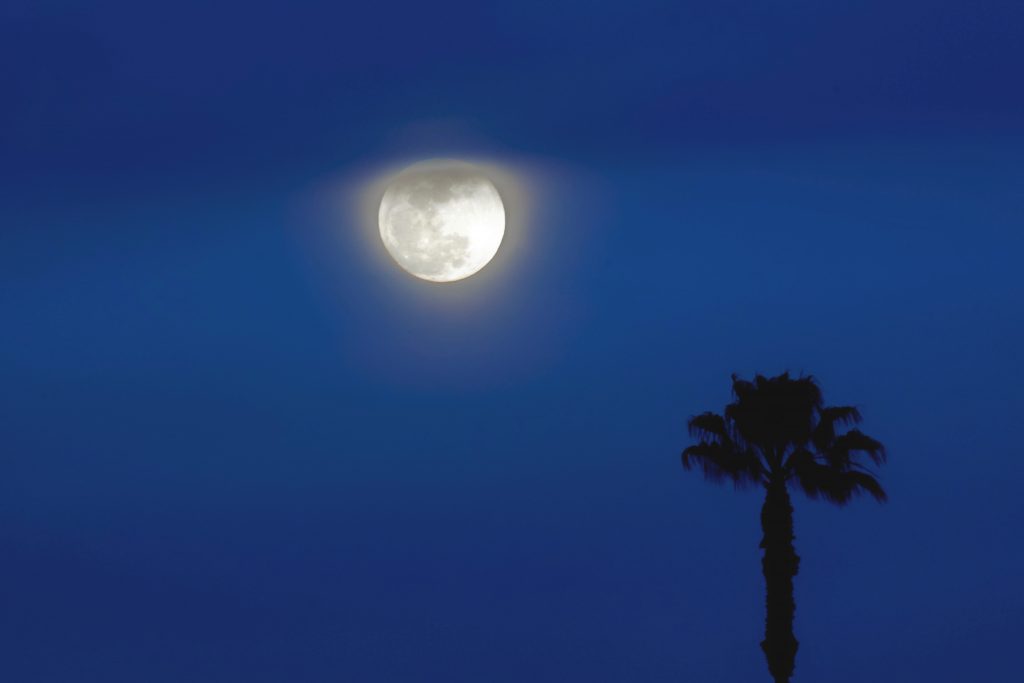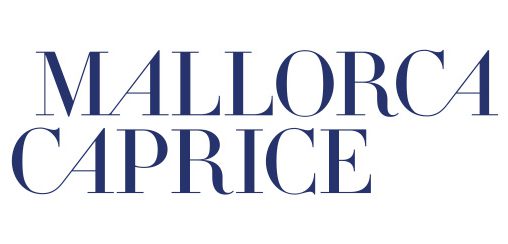
The ‘sturgeon’ supermoon and the Perseid shower of the summer give way to what is known as the ‘blue’ supermoon, which will be visible in Mallorca and the rest of Spain on Thursday the 31st of August if the weather conditions are favourable. It is expected to reach its peak at 3:35 in the morning, although it will be visible from its appearance at 9:25 pm until it sets (7:51 am).
This astronomical event occurs when the orbit of the Earth’s satellite comes as close as possible to our planet and can be enjoyed from any point away from the light pollution characteristic of cities. No telescopes or special instruments are required to see the ‘blue’ supermoon, although it is advisable to choose a clear, dark place and not to use a mobile phone. The moon will be 12% larger than normal and 29% brighter due to its proximity to the Earth. The next supermoon is expected to take place on 29 September.
The term ‘blue’, contrary to what it might seem, does not refer to the colour. Some theories suggest that it is an inheritance of the old English name ‘belewer moon’, which was used to distinguish it from the first full moon of the month, as it is usual, according to the lunar phases, to observe only one full moon per month. The previous ‘blue’ supermoon occurred on 31 October 2020 and it is estimated that in a century there may be 13 full moons on up to 37 occasions.
Where to see the ‘blue’ supermoon in Mallorca
To observe the ‘blue’ supermoon in all its splendour in Mallorca it is advisable to move away from the city centre of Palma (to see the Perseids, the Foundation of the Institute of Astronomy and Astronautics of Mallorca recommends moving some 25 km away) and look for places that are not affected by light pollution, such as some enclaves in the Serra de Tramuntana or inland in the east of Mallorca.

Typology of the sky in Mallorca according to light pollution. Map: Fundación Instituto de Astronomía de Mallorca.








Leave A Comment